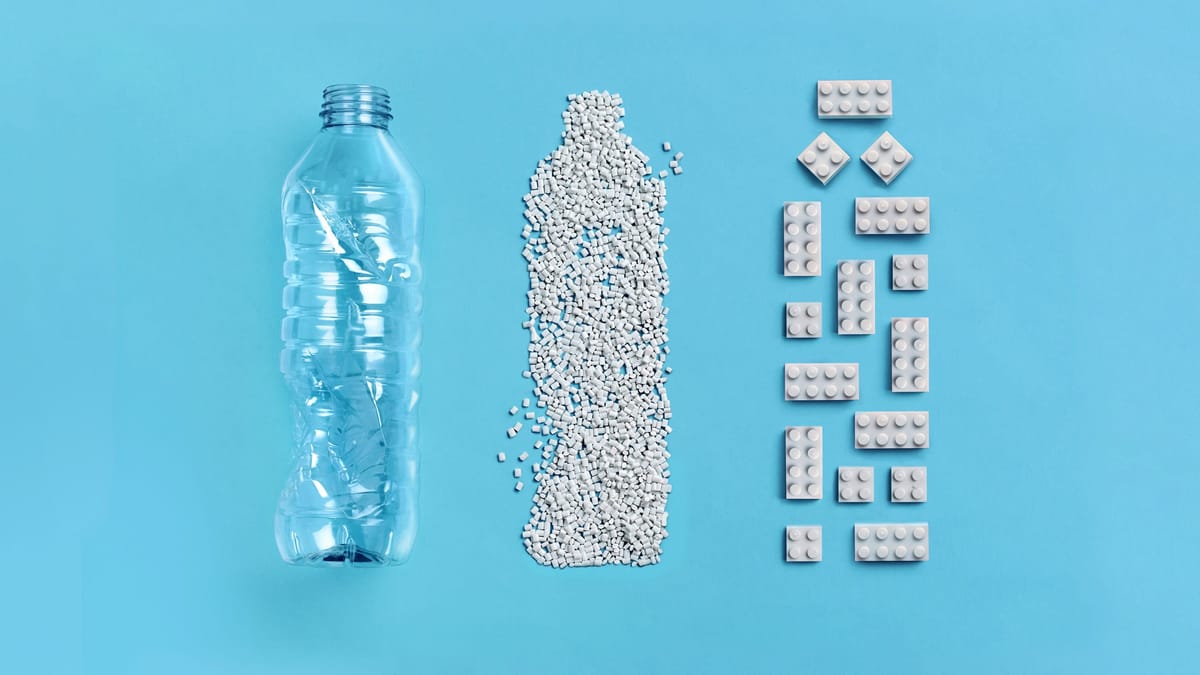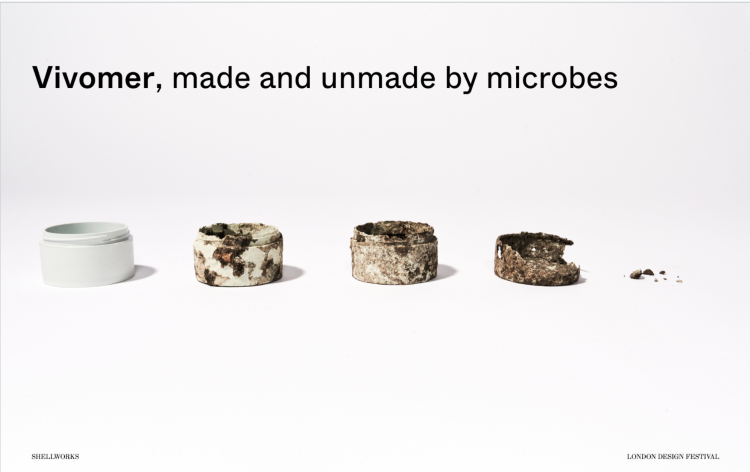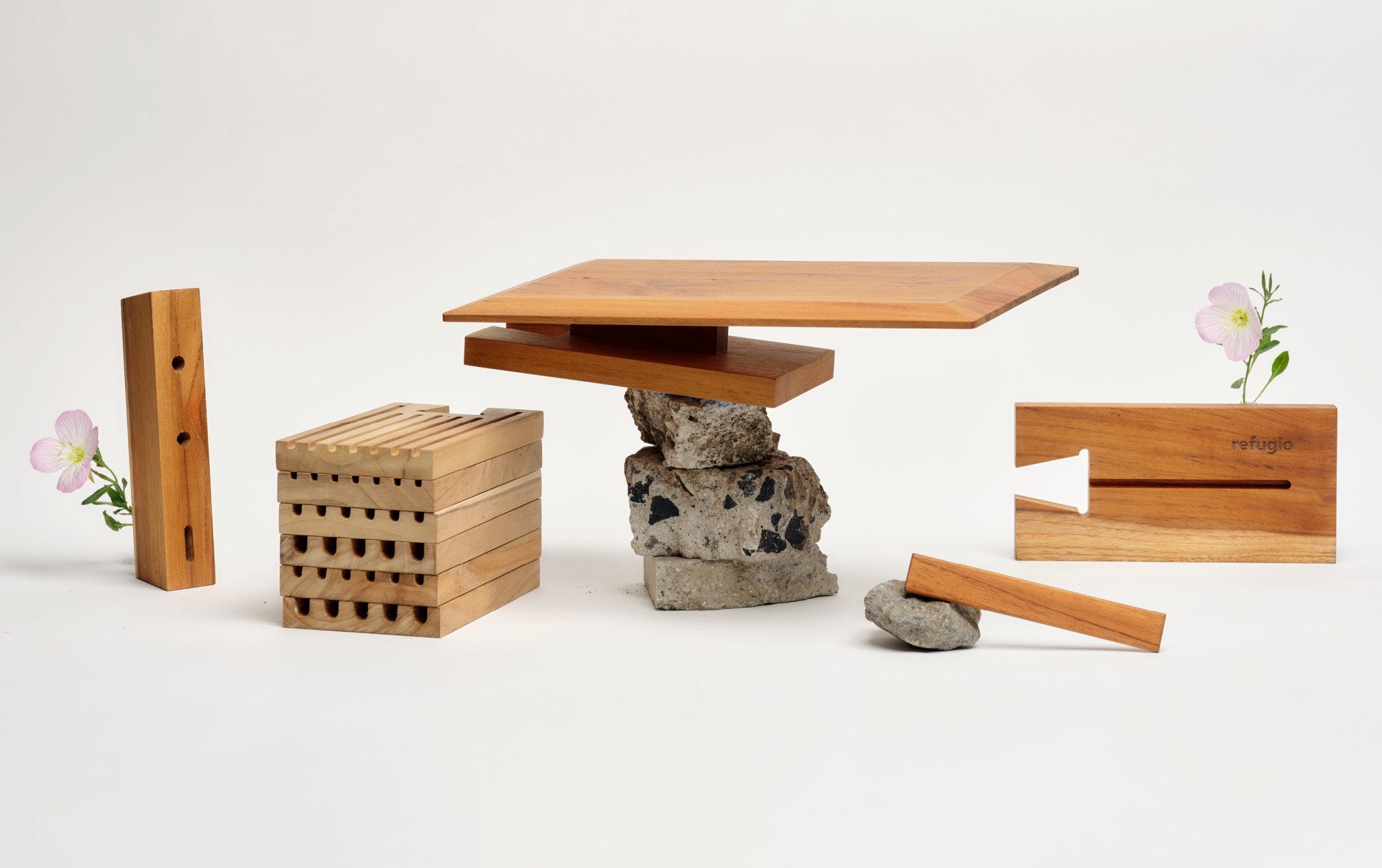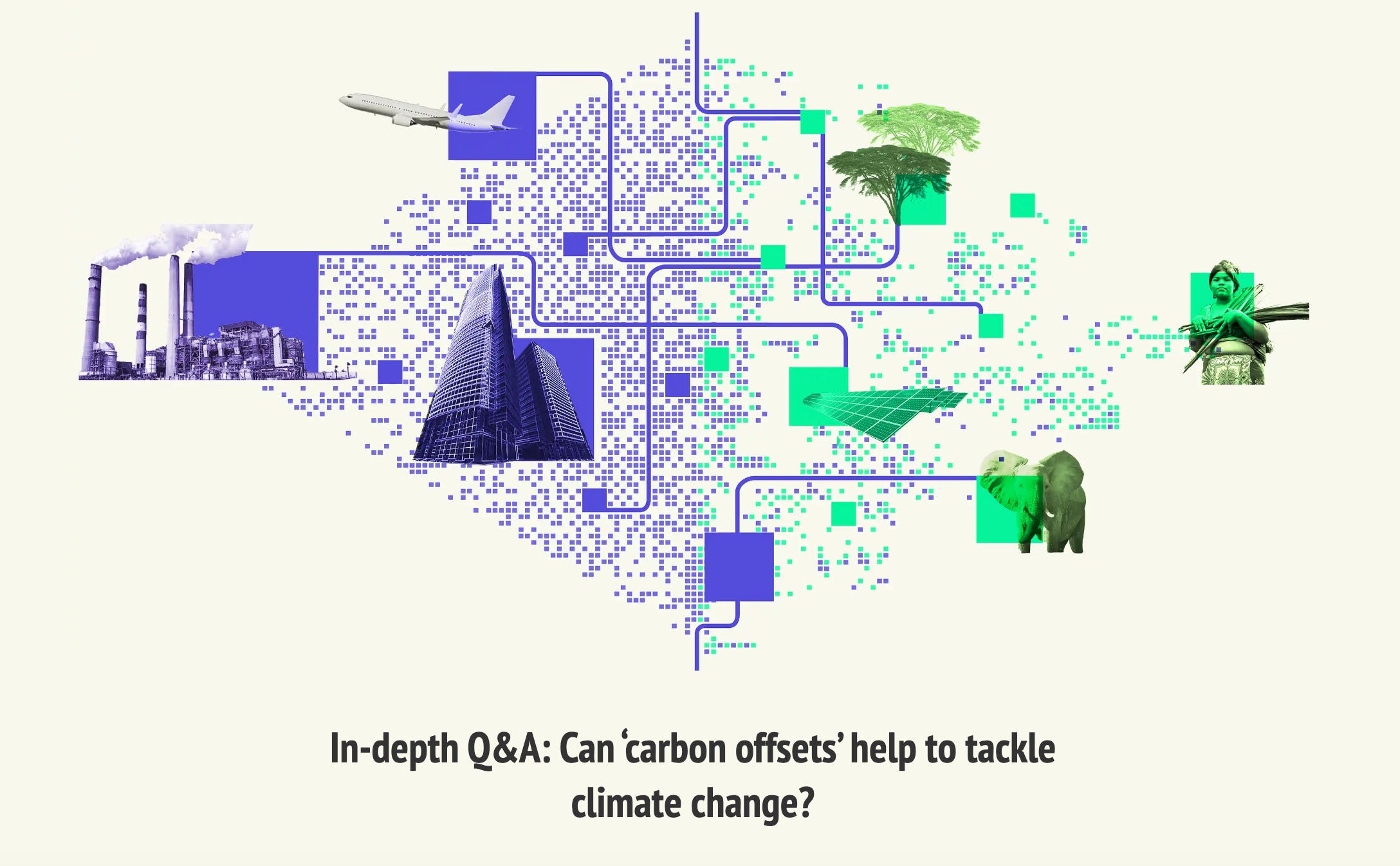
LEGO has reportedly abandoned its pilot programme to make its famous bricks out of discarded plastic bottles after projections suggested that, adopted at scale, the material would ultimately have a higher carbon footprint than what it is currently using. “Calculations indicated that retooling its factories to process rPET – instead of the acrylonitrile butadiene styrene used to form 80 per cent of its bricks – would ultimately generate more emissions over the product's lifecycle,” says Dezeen. Read the article here

New biomaterials offer intriguing and sustainable alternatives, but the designers and scientists behind them are facing major barriers in getting them adopted by industry, according to a discussion at this year’s Global Design Forum. Design Week reports on a session which brought together Shellworks co-founder and CEO Insiya Jafferjee and Atelier Luma’s material designer Henna Burney. Read the article here

“A few years ago, a group of Mexico-based creatives started a project called Refugio. Their goal was to use design as a tool for supporting local biodiversity, and to make cities more hospitable to native pollinating insects.” What Design Can Do interviews Refugio co-founder Gabriel Calvillo about “co-creating with nature, his approach to circular design, and why he dreams of ‘interspecies collaboration’.” Read it here
“A carpet company, a shoe manufacturer, and a streaming service have already catalyzed transformative change. What might your organization achieve?” Katharine Hayhoe, chief scientist for The Nature Conservancy, writes for Time magazine about our individual power “to inspire a culture where real hope thrives, and actions abound”. Read it here

“Can ‘carbon offsets’ help to tackle climate change?” Carbon Brief has published an in-depth study into business’ use of carbon offsets, what they are, and why they can be a problematic climate solution. View the interactive report here

